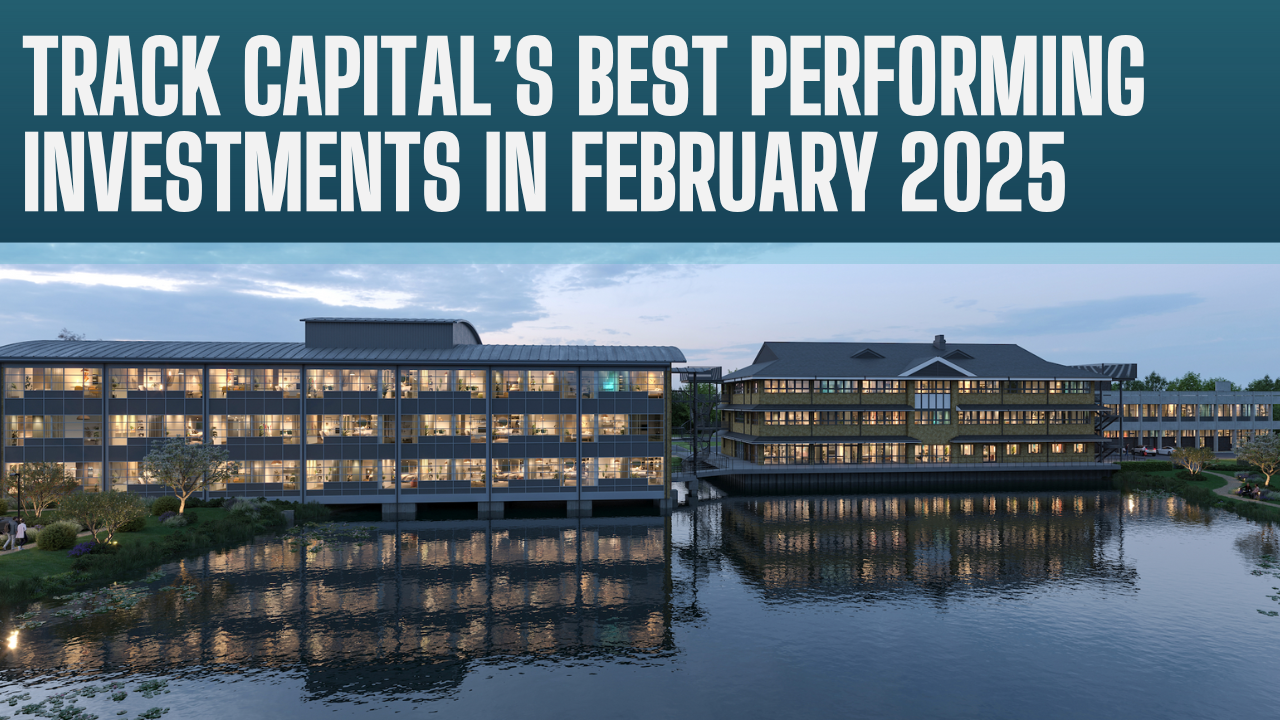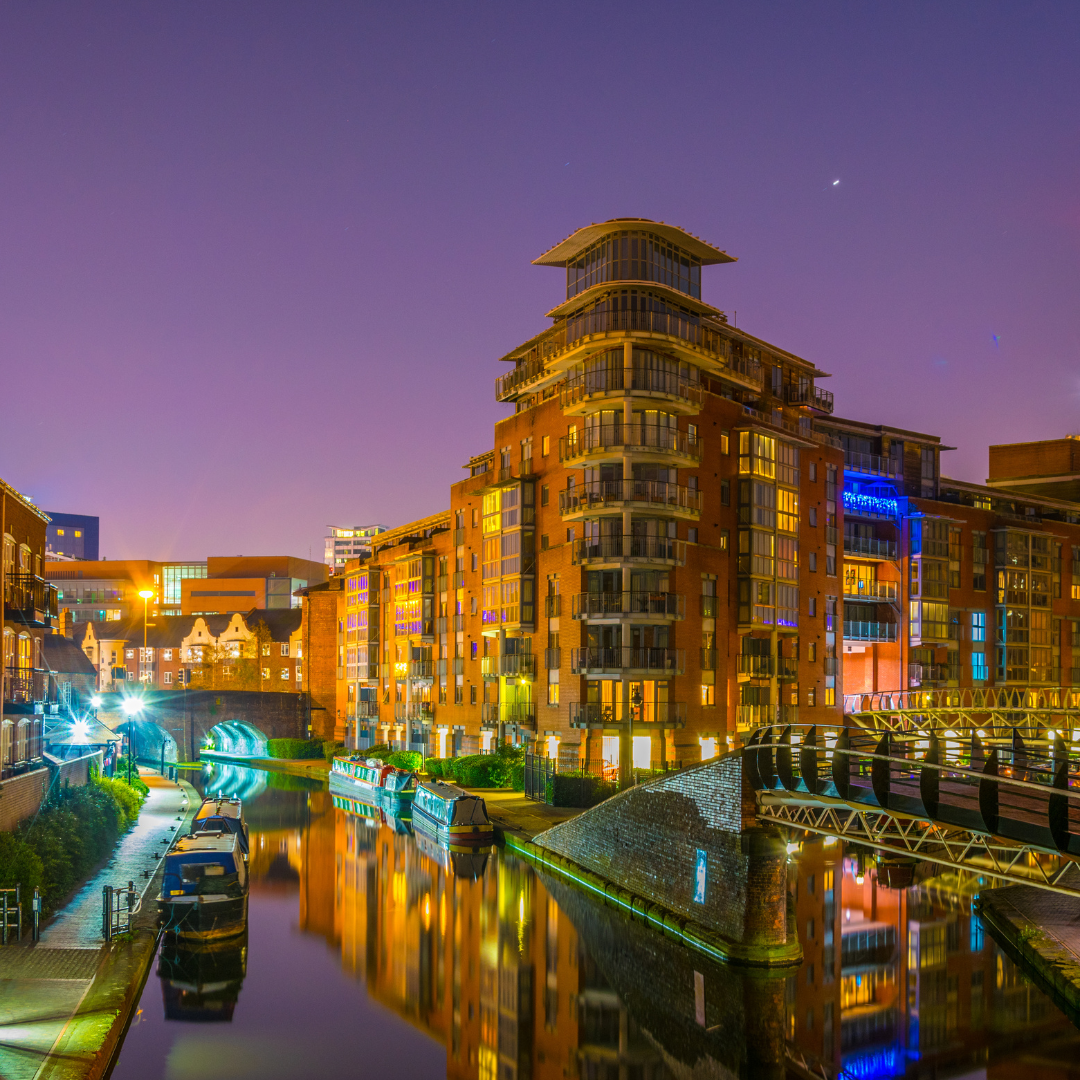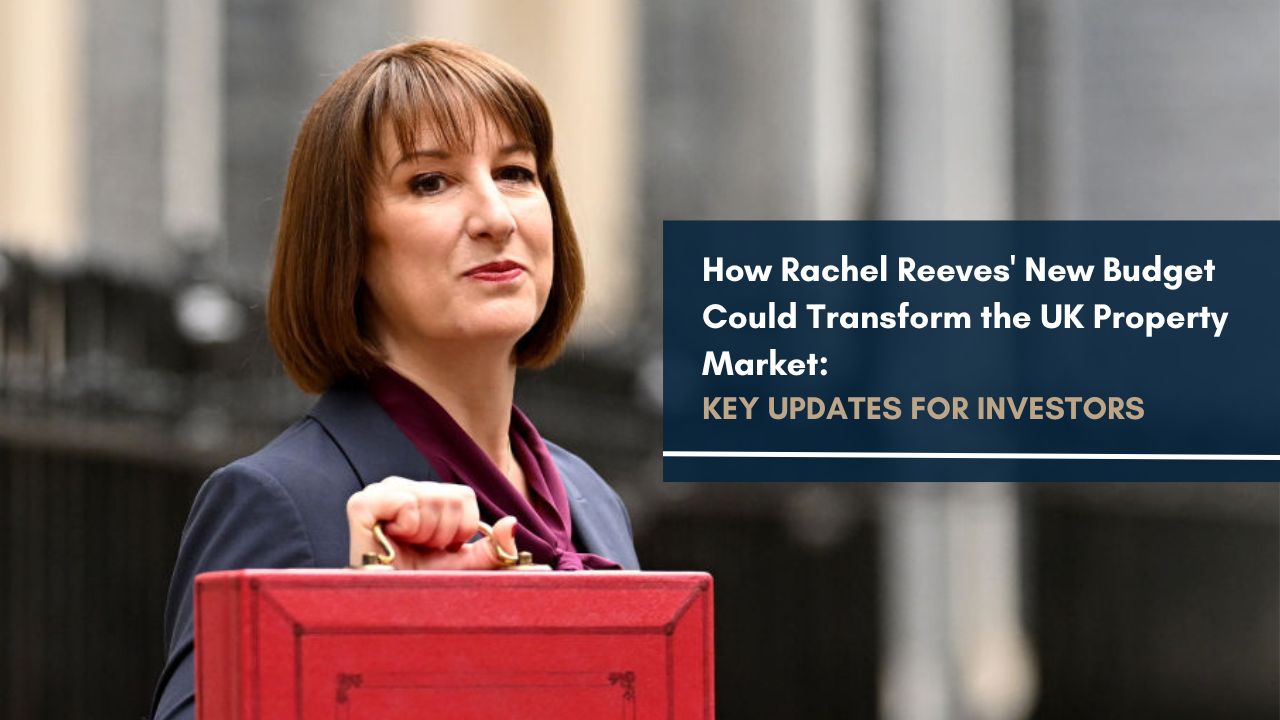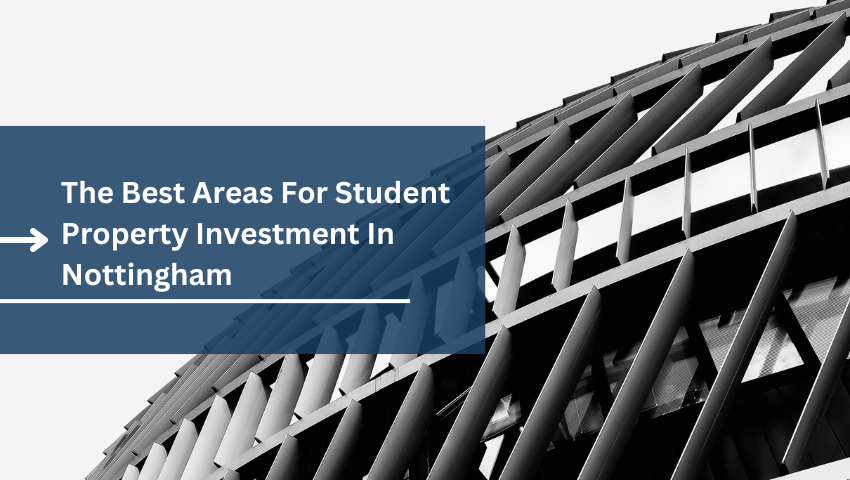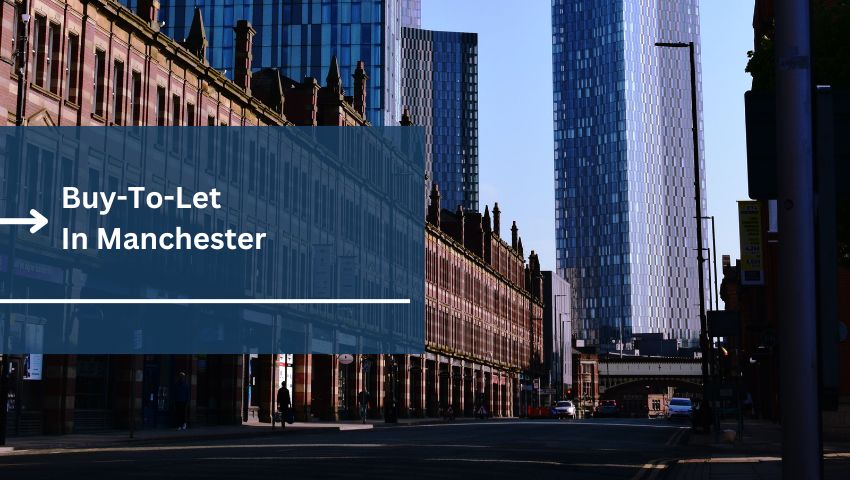Three universities.
Sixty thousand students (and counting).
And one huge opportunity for student property investors. If you know where to look, that is.
Fortunately, that’s where we come in. As a leading property investment company, Liverpool is one of our key UK markets. We’ve written about it extensively in the past (check out our Liverpool buy-to-let guide, for example) and we’ve helped hundreds of investors purchase properties in the city over the past five years.
In this guide, we’ll use our experience and local knowledge to dive into student property investment in Liverpool. We’ll explain why you should consider Liverpool, run down the five best areas for student property investment, and list a selection of the current PBSA projects.
Why Invest In Student Property In Liverpool?
The main reason to invest in student property in Liverpool is the large student population.
Figures from the Higher Education Statistics Agency (HESA) suggest there are over 62,000 students enrolled across The University of Liverpool, Liverpool John Moores University, and Liverpool Hope University. A further 1,000 attend the Paul McCartney-backed Institute for Performing Arts.
That’s enough to fill Anfield Stadium. And all these people need somewhere to live.
Traditionally, the city has relied on its stock of Victorian and Georgian townhouses to provide student HMOs – particularly around areas like Smithdown Road.
But in recent years, Liverpool has built several Purpose-Built Student Accommodation (PBSA) projects.
A couple of years ago, it added more PBSA beds than any other city in the UK. Developers are tapping into the demand created by the large student populace, and savvy investors should be looking ahead to new projects to get a slice of the action.
Already this year, McLaren has been granted planning permission for a 242-bed PBSA project at Myrtle Street and Molyneux Developments revealed plans for a 103-bed scheme in the Knowledge Quarter.
Our take?
Liverpool is a great bet for those interested in PBSA, given the frequency at which new schemes are being planned, approved, and built. Plus, high-quality student accommodation that contains more than the classic student digs (think on-site amenities like gyms, shops, etc) is a great choice for investors, as it can achieve higher rents and better yields than standard student digs.
The 5 Best Areas For Student Property Investment In Liverpool
So, where are the best areas for student property investment in Liverpool?
We’ve collected industry data on the five top spots, which we’ll explain below.
| Postcode | Area | Avg Yield | Avg Rent (pm) | Avg Asking Price | 5yr Value Growth |
|---|---|---|---|---|---|
| L2 | City Centre | 6.20% | £762 | £146,704 | -29% |
| L8 | Georgian Quarter | 6.20% | £765 | £147,972 | 20% |
| L1 | City Centre | 5.80% | £720 | £148,903 | 38% |
| L6 | Kensington | 5.50% | £625 | £135,433 | 40% |
| L7 | Edge Hill | 4.30% | £536 | £150,643 | 22% |
| L15 | Wavertree | 3.50% | £608 | £211,113 | 20% |
1. City Centre (L1 & L2)
At the heart of student life is Liverpool’s city centre, spread across postcodes L1 and L2.
Properties here cater to students who prioritise location and lifestyle. Most accommodation comes through PBSA schemes, featuring modern apartments and refurbished older buildings for a range of living options.
Naturally, being at the heart of everything appeals to many students – more than just access to city centre amenities, it also means a short walk home from the late-night action on Seel Street and Fleet Street. The campuses are nearby too, with both the University of Liverpool and John Moores no more than a 20-minute walk from the centre.
With the centre boasting a strong mix of students and young professionals, it’s no surprise it generates some of the city’s highest rental yields – with a table-topping 6.2% in L2 and a healthy 5.8% in L1.
2. Georgian Quarter (L8)
The Georgian Quarter is one of Liverpool’s most picturesque areas, known for its traditional cobbled streets, historic architecture, and cultural institutions.
It’s also a favourite among students.
It’s within easy walking distance of the University of Liverpool (just 5-10 minutes, depending on where you start) and the city centre (10-15 minutes). As the name might suggest, most student investment property in the area consists of old Georgian townhouses that have been converted into HMOs.
Properties in the Georgian Quarter command higher rental rates, reflecting the area’s desirability and quality of living. You can see this in our data with L8 generating the highest average rent at £765 per month.
The high demand from both students and locals also sustains high yields – 6.2% across L8, level with L2.
3. Kensington (L6)
Kensington is characterised by its Victorian terraced houses, many of which have been converted into shared student homes.
If you’re looking for value and long-term growth potential in a student property, Kensington (and all of L6) is a good choice. Situated a short distance from the city centre and major university campuses, the major draw for investors is the area’s entry-level costs.
Average prices are the lowest in our data at £135,433, yet solid rental yields at 5.5% and capital value growth of 40% over the past 5 years make Kensington an excellent opportunity.
It’s always been a relatively popular area with students (given the ample housing and lower rents) but the appeal is broadening – with several regeneration projects underway and an increasing number of amenities and services catering to students.
4. Edge Hill (L7)
L7 is a large postcode connecting the edges of the city centre and the Georgian Quarter out towards Stanley.
Within the sprawl, there’s one area that’s a student classic: Edge Hill.
The area has a century-old association with student life – Edge Hill University, now 40 minutes up the M58 in Ormskirk, was founded here before moving in the 1930s.
Nowadays, it’s a favourite among students looking for easy access to both main university campuses, although the University of Liverpool is closest.
Edge Hill has a more residential feel. There’s a mix of traditional terraced houses and newer developments catering to students.
The lower yield of 4.5% in L7 is a surprise given the density of students in the area, but it’s likely this is due to the size of the postcode – meaning the data contains a mix of high and low-performing areas. Data for Edge Hill, by itself, is limited, although we found evidence of HMOs hitting over 8%.
5. Wavertree (L15)
Wavertree’s Smithdown Road is, perhaps, the most well-known student area in Liverpool.
Much like Fallowfield in Manchester’s student property market, this is the place to be as a student in Liverpool.
Every year, there’s so much demand for housing that most landlords have secured tenants for the following academic year by the end of February. It’s thought there are around 7,000 students nearby, with most living in the rows of terraces between Smithdown and Picton Road.
Despite being a little further out than the other areas on this list, Smithdown and Wavertree are well served with regular bus routes to the university campuses and city centre. Meanwhile, the area is home to an endless supply of bars, cafes, and restaurants – all tailored towards the local student clientele.
Similar to Edge Hill in L7, we suspect the low rental yield reported for L15 in our data is due to the size of the postcode. L15 contains Wavertree. Student houses around Smithdown Road will, we’re sure, achieve much higher yields.
Summary
Overall, whether it’s a PBSA scheme in the city centre or a student HMO near Smithdown Road, it doesn’t matter all too much – Liverpool is a brilliant choice for a property investor interested in the student market.
It’s one of the UK’s premier destinations for students yet property prices are relatively affordable – making it a great option for first-timers or those seeking a more budget-friendly addition to their portfolio.
If you would like to learn more and begin the journey towards Liverpool student property investment, then get in touch with our team. You can reach us by filling in the form below, and we’ll call you back to organise a free consultation.
About Our Data
The data in this article comes from properydata.co.uk and is accurate as of April 2024. We’ll update this report next year, in 2025, with the latest insights and fresh data.






